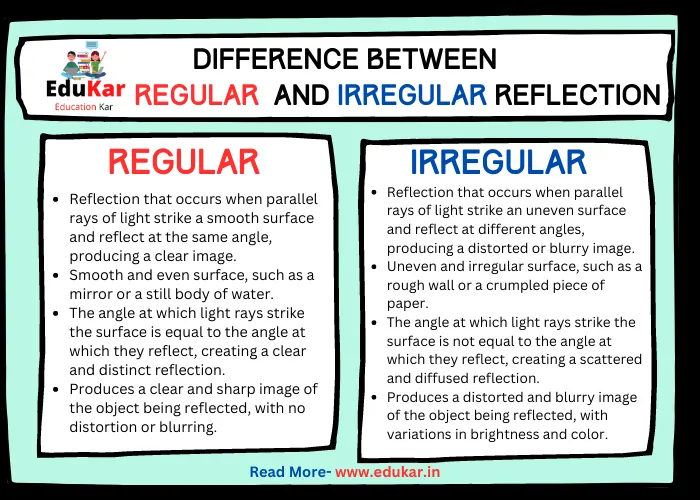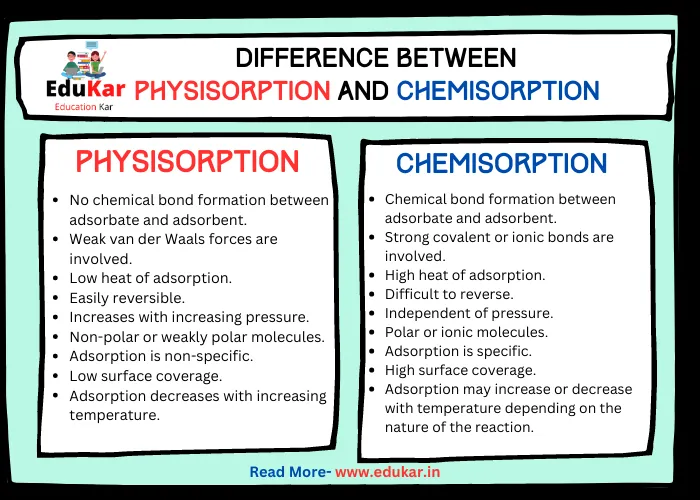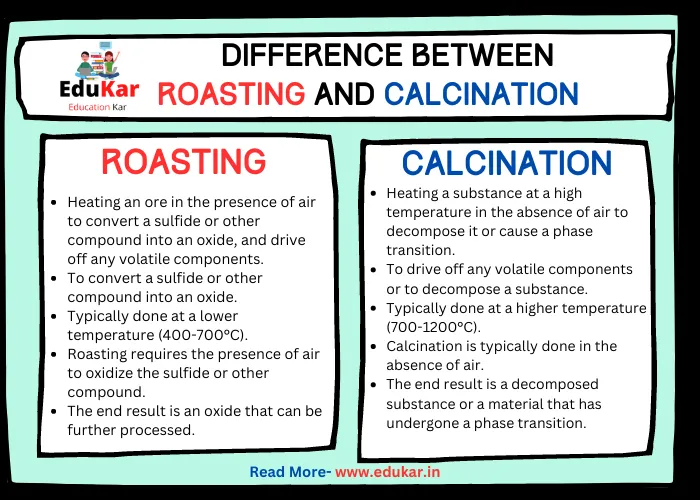Contents
- 1 Introduction
- 2 Resistor
- 3 Resistance
- 4 Differences between Resistor and Resistance
- 5 Importance of Understanding the Difference
- 6 Summary
- 7 FAQs
- 7.1 What is a resistor?
- 7.2 What is resistance?
- 7.3 What is the difference between a resistor and resistance?
- 7.4 Can a resistor have different resistance values?
- 7.5 Can different materials have different resistance values?
- 7.6 Can resistors be used to measure resistance?
- 7.7 Are resistors the only components that have resistance?
- 7.8 What is the unit of measurement for resistance?
- 7.9 How is resistance calculated?
- 7.10 What happens if a resistor is not used in a circuit?
Learn about the key differences between resistor and resistance in this informative guide by Edukar. Discover the various types of resistors and how they function to regulate the flow of electric current, as well as the factors that affect resistance. Get a clear understanding of the distinction between these two terms and their significance in electronic circuit design.

Introduction
Electrical circuits are an integral part of modern life, powering everything from smartphones to cars to homes. The components of a circuit work together to create the desired functionality, with each part having its unique purpose. Two critical components of an electrical circuit are resistors and resistance.
Resistor
A resistor is a passive electrical component that is used to regulate the flow of current in a circuit. Its primary function is to reduce the voltage and control the current in a circuit. A resistor is designed to provide a specific amount of resistance to the flow of current. This resistance is measured in ohms (Ω).
Types of Resistors
Resistors come in different types and sizes, with each designed to meet specific circuit requirements. The most common types of resistors include:
1. Carbon Composition Resistors: These are the oldest and cheapest types of resistors. They are made of a mixture of carbon dust and a binding material that is compressed into a cylindrical shape. Carbon composition resistors are not very accurate and have a low tolerance range.
2. Film Resistors: These are made of a thin film of metal that is deposited on a ceramic or plastic substrate. Film resistors have a higher tolerance range than carbon composition resistors and are more accurate.
3. Wirewound Resistors: These are made of a metal wire that is wound around a ceramic or plastic core. Wirewound resistors are the most accurate type of resistor and can handle high levels of power.
Also Read: Difference between Potentiometer and Voltmeter
Properties of a Resistor
A resistor has several properties that make it unique. These properties include:
1. Resistance: This is the measure of a resistor’s opposition to the flow of current. It is measured in ohms (Ω) and determines the amount of voltage that is dropped across the resistor.
2. Power Rating: This is the amount of power that a resistor can dissipate without getting damaged. It is measured in watts (W).
3. Tolerance: This is the acceptable range of resistance values that a resistor can have. It is measured in percentage and determines how accurate a resistor is.
Function of a Resistor in a Circuit
The primary function of a resistor in a circuit is to reduce the voltage and control the current in the circuit. When current flows through a resistor, it encounters resistance, which causes a voltage drop across the resistor. This voltage drop reduces the overall voltage in the circuit, limiting the current flow. By controlling the current flow, resistors help to prevent damage to other circuit components.
Resistance
Resistance is the measure of a material’s opposition to the flow of current. It is the property that determines how much voltage is required to drive a current through a material. Resistance is measured in ohms (Ω) and is a function of a material’s resistivity and its dimensions.
Units of Resistance
The standard unit of resistance is the ohm (Ω). Other units that are used to express resistance include kilo-ohms (kΩ) and mega-ohms (MΩ). These units are used to represent larger values of resistance.
Factors that Affect Resistance
Several factors affect the resistance of a material. These include:
1. Resistivity: This is the intrinsic property of a material that determines its resistance. It is measured in ohm-meters (Ω-m) and is a function of the material’s atomic structure.
2. Length: The longer the material, the higher its resistance.
3. Cross-sectional Area: The larger the cross-sectional area of the material, the lower its resistance.
4. Temperature: The higher the temperature of the material, the higher its resistance. This is because higher temperatures increase the movement of atoms, which can interfere with the flow of current.
Applications of Resistance in a Circuit
Resistance plays a crucial role in electrical circuits, and it has several applications, including:
1. Voltage Regulation: Resistors are often used to regulate the voltage in a circuit by reducing the voltage that reaches other components.
2. Current Limiting: Resistors can also limit the amount of current that flows through a circuit, preventing damage to other components.
3. Temperature Sensing: Some resistors are designed to change their resistance based on temperature. These types of resistors are used in temperature sensing applications.
4. Timing: Resistors can also be used in conjunction with capacitors to create timing circuits, which can generate a specific frequency of oscillation.
Differences between Resistor and Resistance
| Resistor | Resistance |
|---|---|
| A passive electronic component used to resist the flow of electric current. | The property of a material that resists the flow of electric current through it. |
| Can be made of various materials such as carbon, metal, or ceramic. | Measured in ohms (Ω). |
| Comes in different shapes and sizes, such as through-hole, surface mount, and variable. | Dependent on the length, cross-sectional area, and material of the conductor. |
| Has a specific resistance value, which can be identified by its color bands or markings. | Determines the current flowing through a conductor when a voltage is applied. |
| Can be connected in series or parallel to increase or decrease the resistance in a circuit. | Influenced by factors such as temperature and the presence of impurities or defects in the material. |
| Can generate heat when current flows through it, which can affect its performance. | Can be affected by external factors such as the presence of magnetic fields. |
| Used to control the amount of current flowing through a circuit, as well as to limit the amount of voltage drop across a circuit component. | Used in many electronic circuits to regulate the flow of current and prevent damage to sensitive components. |
| Can be used as part of a voltage divider circuit to reduce the voltage level. | Often used in conjunction with other components such as capacitors and inductors to create complex circuits. |
| Not ideal, as they have some inherent resistance that can affect the performance of a circuit. | Can be affected by factors such as aging, temperature changes, and mechanical stress. |
| Can be damaged if subjected to excessive current or voltage. | Can be calculated using Ohm’s law, which states that resistance equals voltage divided by current. |
Importance of Understanding the Difference
1. Proper Selection of Components: Understanding the difference between resistors and resistance can help you select the appropriate component for your circuit. This can help ensure that your circuit works correctly and does not get damaged.
2. Understanding Circuit Behavior: Understanding the role of resistors and resistance in a circuit can help you better understand how the circuit works. This can help you troubleshoot problems and design more complex circuits.
3. Avoiding Circuit Failure: Using the wrong component in a circuit can cause it to fail. Understanding the difference between resistors and resistance can help you avoid this and prevent damage to your circuit.
4. Achieving Desired Circuit Functionality: Understanding the role of resistors and resistance in a circuit can help you achieve the desired functionality. By using the appropriate components, you can design a circuit that performs the desired task.
Also Read: Difference between Displacement and Double Displacement Reaction
Summary
Resistors and resistance are critical components of electrical circuits. Although they are related, they refer to different things. A resistor is a passive electrical component that is used to regulate the flow of current in a circuit, while resistance is the measure of a material’s opposition to the flow of current. Understanding the difference between these two concepts is essential for proper component selection, understanding circuit behavior, avoiding circuit failure, and achieving desired circuit functionality.
FAQs
What is a resistor?
A resistor is an electronic component designed to limit the flow of electrical current in a circuit.
What is resistance?
Resistance is the measure of the opposition that a material or component offers to the flow of electrical current.
What is the difference between a resistor and resistance?
A resistor is a physical device that has a resistance value, whereas resistance is a property of a material or component that measures how much it opposes the flow of electrical current.
Can a resistor have different resistance values?
Yes, resistors come in different resistance values, which are specified by their color codes or markings.
Can different materials have different resistance values?
Yes, different materials have different resistance values. For example, copper has low resistance, while rubber has high resistance.
Can resistors be used to measure resistance?
Yes, resistors can be used as part of a circuit to measure resistance.
Are resistors the only components that have resistance?
No, all components in an electrical circuit have some amount of resistance, even wires and batteries.
What is the unit of measurement for resistance?
The unit of measurement for resistance is the ohm (Ω).
How is resistance calculated?
Resistance is calculated by dividing the voltage across a component by the current flowing through it, using Ohm’s law (R = V/I).
What happens if a resistor is not used in a circuit?
If a resistor is not used in a circuit, the electrical current may flow too quickly, causing damage to other components or creating a safety hazard.















